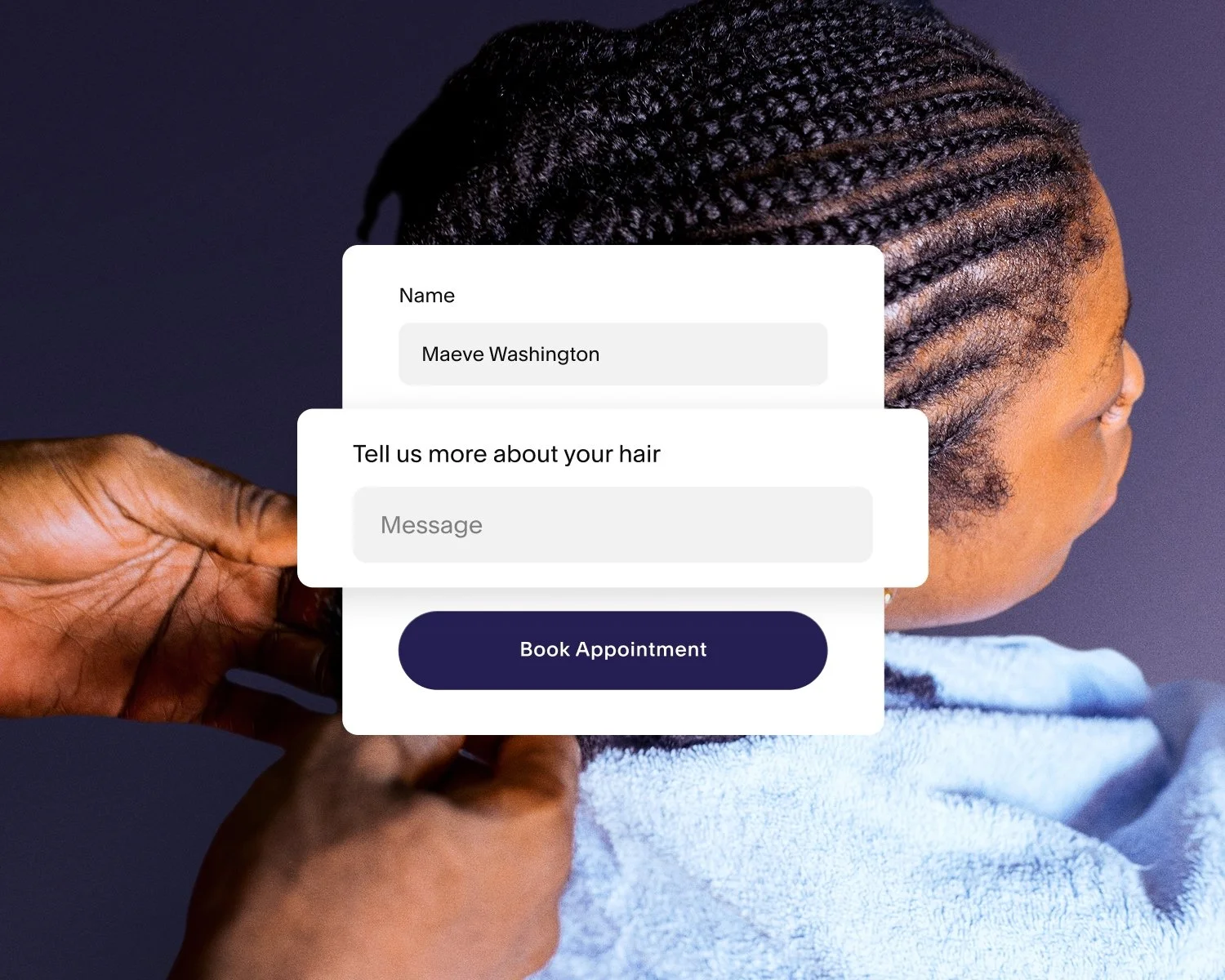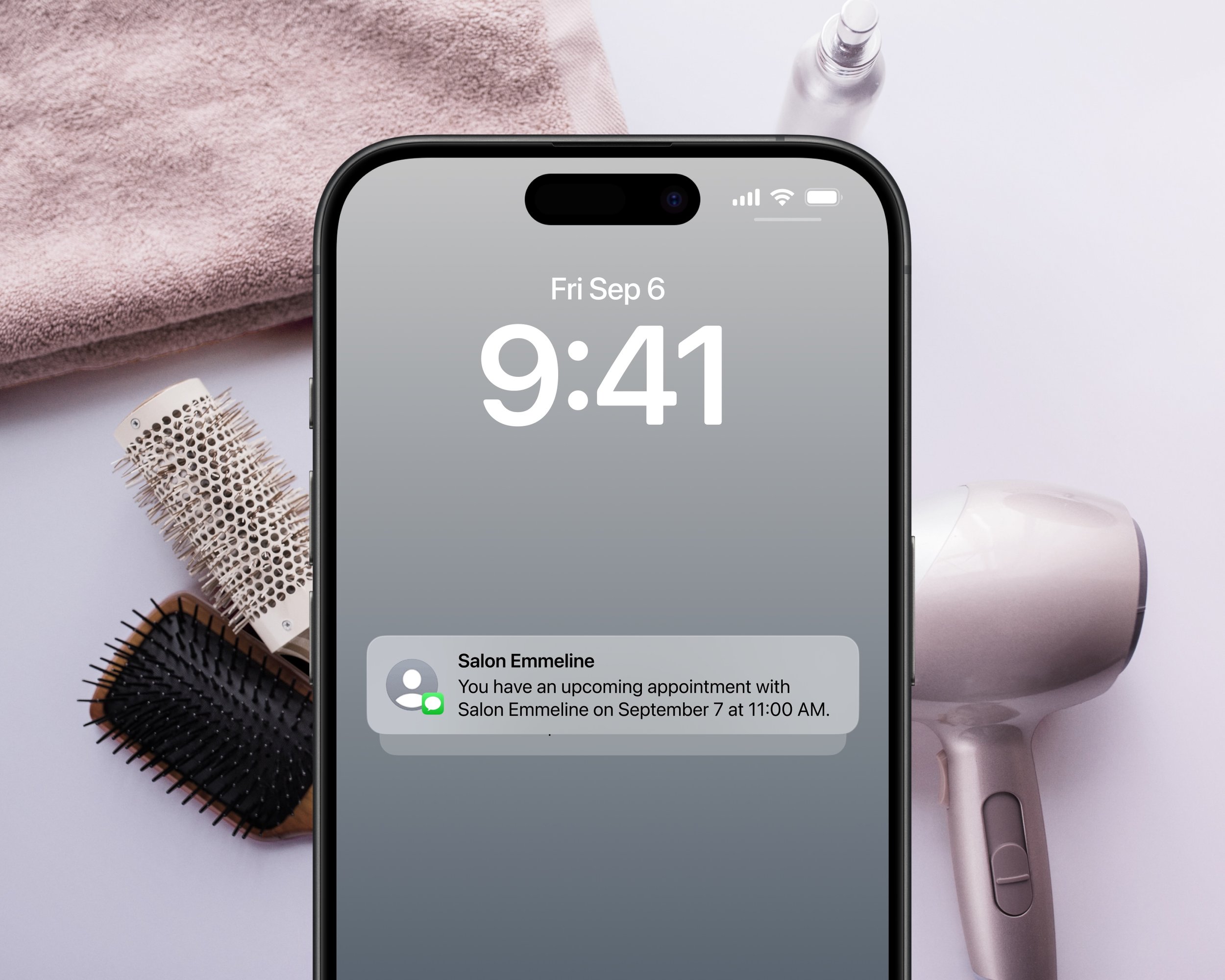The Best Time Management Strategies for Small Business Owners Who Want Their Day Back
Running a small business means your calendar fills up fast. One minute you’re checking emails, the next you’re onboarding a new client, and somehow it’s already 3:00 P.M. and your lunch is still sitting on your desk. Time has a way of slipping past unnoticed, unless you know how to manage it well.
For entrepreneurs, business owners, and team leaders, time management strategies are essential for protecting your energy and making space to focus on what really moves the needle. Whether you’re trying to handle a summer surge, prepping for a seasonal slowdown, or just looking to carve out more time for yourself, these tips will help you reclaim your workday (and maybe even head out of office).
What are time management strategies?
Time management strategies are techniques and tools that help you use your time more effectively, so you can concentrate on the work that matters most. These strategies include things like prioritizing tasks, setting clear schedules, limiting distractions, and using automation to reduce manual work. For small business owners especially, strong time management can mean the difference between feeling overwhelmed and feeling in control.
Let’s walk through the most effective time management strategies for professionals, along with useful tools to help you put each one into action.
8 professional strategies for time management that really work
1. Prioritize using the Eisenhower Matrix
Every task on your to-do list matters, but not every task matters equally. The key is knowing what deserves your attention first.
One of the most practical strategies for time management is the Eisenhower Matrix. It helps you sort your to-dos by urgency and importance, placing them into four distinct categories:
Do first: Tasks that are both urgent and important should be handled the same day. These often include deadlines, client emergencies, or last-minute meetings.
Schedule: These are the important but not-so-urgent tasks—the ones that drive your business forward. This is where you want to spend the most time. Think planning, marketing, skill-building, relationship development, or future appointments.
Delegate: If something is urgent but not very important to you, it’s a prime candidate to pass off to someone else. Delegate it, automate it, or create a system so you don’t have to handle it every time (more on that later).
Don’t do: Tasks that are neither urgent nor important don’t belong on your calendar at all. These are time drains—busywork, distractions, or tasks you’ve outgrown.
The goal is to spend less time reacting to what’s urgent and more time investing in what’s important. Small business owners often aim to live in the “Schedule” quadrant, where work gets a dedicated slot in your calendar.
By assigning these tasks a time and place, you reduce stress, stay focused, and leave fewer things unplanned. When a new task comes in, consider whether it can be assigned to a future time instead of jumping into it right away.
Toolbox tip:
Make scheduling the easiest part of your day. With Acuity Scheduling, your online booking page syncs seamlessly with your existing calendars. You can even color-code appointments by type to stay organized at a glance.
2. Apply the 80/20 rule to focus on high-impact work
Another effective time management strategy for professionals is the 80/20 rule, also known as the Pareto Principle. It’s the idea that roughly 80 percent of your results come from 20 percent of your efforts.
When you apply this to your daily tasks, it becomes clear that not everything on your to-do list deserves equal time. A few key actions—like following up with high-value clients, refining your service offerings, or updating your booking flow—can drive most of your business growth.
The challenge is identifying that 20 percent. Once you know what it is, prioritize it daily. These tasks often align with what you placed in the “Schedule” quadrant of the Eisenhower Matrix.
Toolbox tip:
Customize your availability in Acuity to protect your time for the tasks that drive the biggest results. Prioritize high-impact work by creating dedicated blocks in your calendar.
3. Time block like a boss
Ever wonder why your calendar feels chaotic? It might be because you’re reacting to your schedule instead of owning it.
Time blocking is a powerful way to take control. Divide your day into blocks dedicated to specific types of work: deep focus, admin tasks, emails, client meetings, and breaks. Then stick to it. Grouping similar tasks together can reduce mental fatigue and help you stay in the zone longer.
Toolbox tip:
Need uninterrupted focus time? Block off unavailable hours in Acuity to temporarily remove them from your booking calendar. Clients won’t see those time slots, just like if you were already fully booked.
4. Delegate and automate where you can
You’re wearing a lot of hats, but that doesn’t mean you have to do everything yourself.
Time management strategies for small business owners often come down to knowing what to offload. Start by looking for tasks that someone else could handle, or that could be automated with the right tools. Client booking, deposit requests, appointment reminders, follow-up emails—these are all prime candidates.
Toolbox tip:
Invite staff members to your Acuity account as contributors so they can help manage appointments and client flow. You can also automate time-consuming tasks like billing and follow-ups to take work off everyone’s plates.
5. Limit distractions before they take over
Distractions eat into your day one notification at a time. Some research shows that the average person checks their phone around 96 times per day (sometimes more), and even small interruptions can cost you big chunks of focus.
That’s why limiting distractions is one of the most powerful time management strategies in the workplace. Start by identifying your biggest ones. Is it social media? Email? Constant pings from your team chat? Then create boundaries. Turn off unnecessary notifications, close tabs, and schedule time for digital check-ins instead of staying perpetually online.
Toolbox tip:
Let Acuity handle the back-and-forth with automated confirmations and reminders. Clients know exactly when and where to show up, without needing to text or call for last-minute questions.
6. Say no to multitasking
It might feel productive, but task‑switching can reduce productivity by up to 40 percent, something many professionals don’t realize until they track their habits. That constant mental toggling drains energy and increases the likelihood of mistakes.
Effective time management strategies focus on single-tasking. Instead of trying to do everything at once, concentrate on completing one task at a time. This helps you stay present, reduces stress, and allows you to do better work in less time.
Toolbox tip:
Use Acuity’s built-in buffer time settings to create space between appointments. This gives you time to reset, prepare, and stay focused on one thing at a time.
7. Get organized—physically and digitally
When things are disorganized, small inefficiencies add up fast. Looking for misplaced files, digging through email chains, or trying to remember what a client told you last time? It’s all time you don’t get back.
Organization is one of the foundational time management strategies for small business owners, so take time each week to clean up your workspace. File away old documents, clear your desktop, and streamline your inbox. Use naming conventions and tools that keep everything in one place.
Toolbox tip:
Client intake forms and detailed client profiles in Acuity make it easy to stay prepared. View appointment history, notes, and more in one place so every session starts on the right foot.
8. Review your schedule and performance
Time management is never a one-and-done process for small business owners. It takes regular reflection and updates to stay on track.
Build a weekly review into your routine. This is one of the most underrated strategies for time management, and it’s especially useful if you’re just getting started, growing fast, or juggling shifting priorities.
Set aside 15 minutes to assess how you’re spending your time. What’s working well? Where are you getting bogged down? What can you simplify or do differently? This helps you course-correct before burnout creeps in.
Toolbox tip:
The Reports panel in Acuity gives you a clear snapshot of your business’s performance. See which services are most popular, spot trends, and use that insight to focus your time where it counts.
Quick wins: 5-minute time-saving tasks to try today
Turn off text and social media notifications for an hour
Set a 15-minute buffer between your next two appointments
Create a saved reply for your most common client questions
Block off a “no meetings” morning next week
Add a short intake form to your booking flow
Schedule an important (but less urgent) task for another day
Make the most of your time with these time management strategies for small business owners
Time is one of the few resources you can’t make more of, but you can make better use of what you have. With a few strategic shifts—and a little help from automation—you can build a business that works with your schedule, not against it.
If you’re ready to get more out of your day and make every minute count, try Acuity Scheduling for free. Our scheduling tools were built to support effective time management for appointment-based businesses, from automation to organization to control over your availability.
See what a difference they can make. No credit card or commitment necessary.












